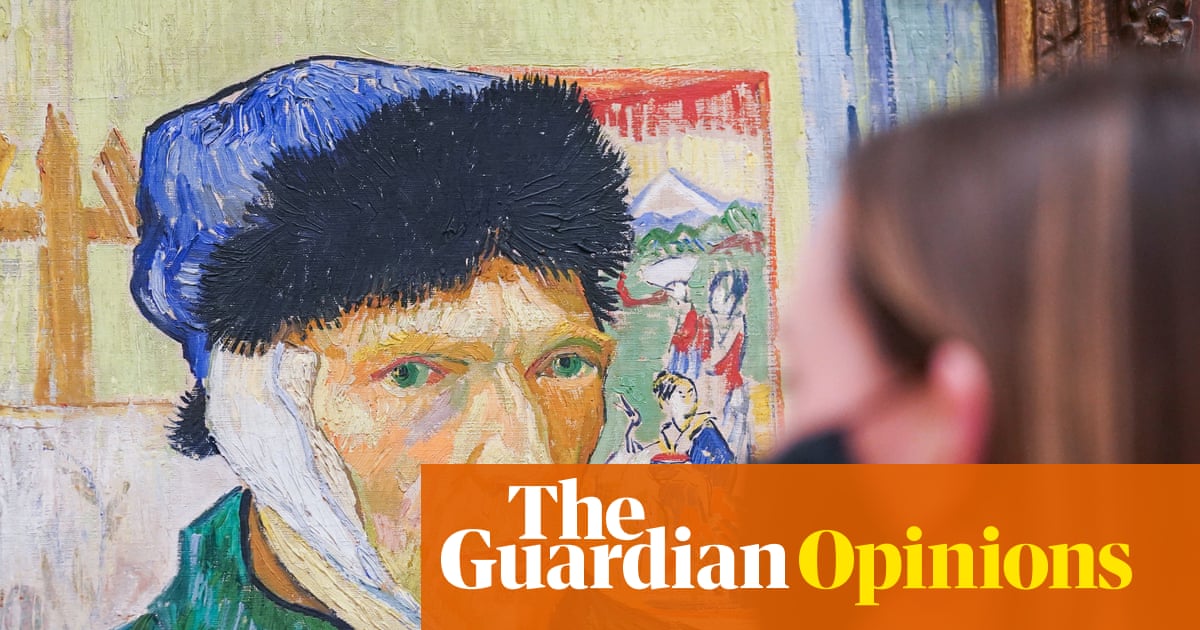
In an era characterised by burnout and doomscrolling, a therapeutic alternative is hanging on a gallery wall. When volunteers at London’s Courtauld Gallery stood before Van Gogh’s Self-Portrait With Bandaged Ear, Manet’s Bar at the Folies-Bergère, and Gauguin’s Te Rerioa, their stress and inflammation levels dropped compared with those of volunteers viewing reproductions. Science suggests that original art is a medicine that one can view rather than swallow.
That art can lift spirits is well known. But that it calms the body is novel. A study by King’s College London asked participants to look at masterworks by 19th-century post-impressionists – Van Gogh, Toulouse-Lautrec, Manet and Gauguin – while strapped to sensors. Half the group saw the originals in the gallery, half viewed copies in a lab. The results were clear: going to art galleries is good for you – relieving stress and cutting heart disease risk, as well as boosting the immune system.
There’s growing evidence to support that opinion. Earlier this summer, a team of Cambridge psychologists conducted a similar project at Kettle’s Yard Gallery to show how appreciating artistic beauty helps us escape the “mental trappings of daily life”. These experiments follow research published last year by the Department for Culture, Media and Sport, to quantify the improvements to physical and mental health from taking part in creative activities, as well as the economic gain – estimated to be an average of £1,000 per person a year, as a result of improved work productivity and fewer trips to the GP. Nature Magazine’s review of the current science suggests that art can play a role in public health, especially in the prevention of chronic diseases. And for the first time in its 202-year history, The Lancet recently ran a photo essay showcasing how art can enhance lives.
“When you experience an artwork, you don’t just see it, but you feel it,” the art historian Katy Hessel writes in her new book How to Live an Artful Life. “The best thing we can do is take time with it.” Time, of course, is what we are lacking in today’s frenetic world. But this seems to be key to art’s therapeutic powers. Galleries are quiet, contemplative places. We stop scrolling and start really looking. Deeply engaging with a work of art induces “psychological distancing” – seeing the bigger picture. As Iris Murdoch wrote, “Great art is liberating, it enables us to see and take pleasure in what is not ourselves.”
When creativity is being outsourced to AI, galleries bring us face to face with human genius. When we notice the intensity of brushstrokes in Van Gogh’s Self-Portrait With Bandaged Ear we feel the pain behind them. As Auden reminds us in Musée des Beaux Arts, great paintings teach us about human suffering, and our everyday indifference to it.
We are advised to exercise and eat healthily; will doctors soon be prescribing a visit to a local gallery or museum? Against a backdrop of falling visitor numbers and funding crises, these studies provide another incentive for greater investment in the creative sector. The government’s £270m funding package to shore up England’s “crumbling cultural infrastructure” earlier this year was welcome. But more must be done to ensure that everyone has access to what the team behind the King’s College study called a “cultural workout for the body”. Art is vital not only to the nation’s economy, but to its health. You can’t argue with the science.
Source link

